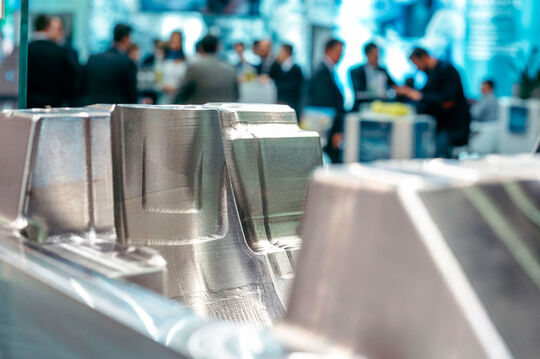Introduction
Die casting is a highly precise manufacturing process that involves the creation of complex metal parts. This process is widely used in various industries, including automotive and aerospace, due to its ability to produce parts with a high level of accuracy and consistency.
The key to successful die casting is the mold. This is the component that shapes the molten metal into the desired form. In this article, we will explore the role of the die casting mold in precision manufacturing.
The Die Casting Process
Before we dive into the mold, let\’s briefly review the die casting process. It begins with the melting of the metal, which is then injected into the mold under high pressure. Once the metal has cooled and solidified, the mold is opened, and the part is removed.
The process seems straightforward, but it requires a high degree of precision to ensure that the part meets the desired specifications. This is where the mold comes in.
The Die Casting Mold
The mold is the heart of the die casting process. It is responsible for shaping the molten metal into the desired form and ensuring that the finished part meets the required specifications.
A die casting mold is created by CNC machining or electrical discharge machining (EDM). This ensures that the mold\’s geometry is precise and accurate to within a few microns. The mold is typically made of steel or copper, which can withstand the high temperatures and pressures involved in the die casting process.
The mold is made up of two halves, the cavity and the core. The cavity is the part of the mold that creates the outer shape of the part, while the core creates the internal features. The two halves are typically held together using a clamping system, which ensures that the mold remains tightly sealed during the casting process.
The mold also includes a gating system, which controls the flow of the molten metal into the cavity. The gating system is designed to minimize turbulence and ensure that the metal fills the cavity evenly.
The Importance of Mold Design
The design of the mold is crucial to the success of the die casting process. The mold must be designed to ensure that the metal flows smoothly and evenly through the cavity and that the part is ejected cleanly from the mold.
The mold design must also take into account the shrinkage of the metal as it cools and solidifies. This can cause the part to warp or distort, which can affect its dimensional accuracy. The mold designer must compensate for this by creating a mold that is slightly larger than the finished part.
The mold design must also take into account the properties of the metal being used. Different metals have different properties, such as thermal conductivity and shrinkage rates, that can affect the die casting process.

結論
The die casting mold is a critical component of the precision manufacturing process. It is responsible for shaping the molten metal into the desired form and ensuring that the finished part meets the required specifications.
The mold must be designed to ensure that the metal flows smoothly and evenly through the cavity, that the part is ejected cleanly from the mold, and that any shrinkage is compensated for. The mold designer must also take into account the properties of the metal being used.
By paying close attention to the mold design, die casting manufacturers can produce high-quality parts with a high level of accuracy and consistency.

 0086-750-5616188
0086-750-5616188 +86 13392089688
+86 13392089688 sales@zhongmei-tech.com
sales@zhongmei-tech.com













